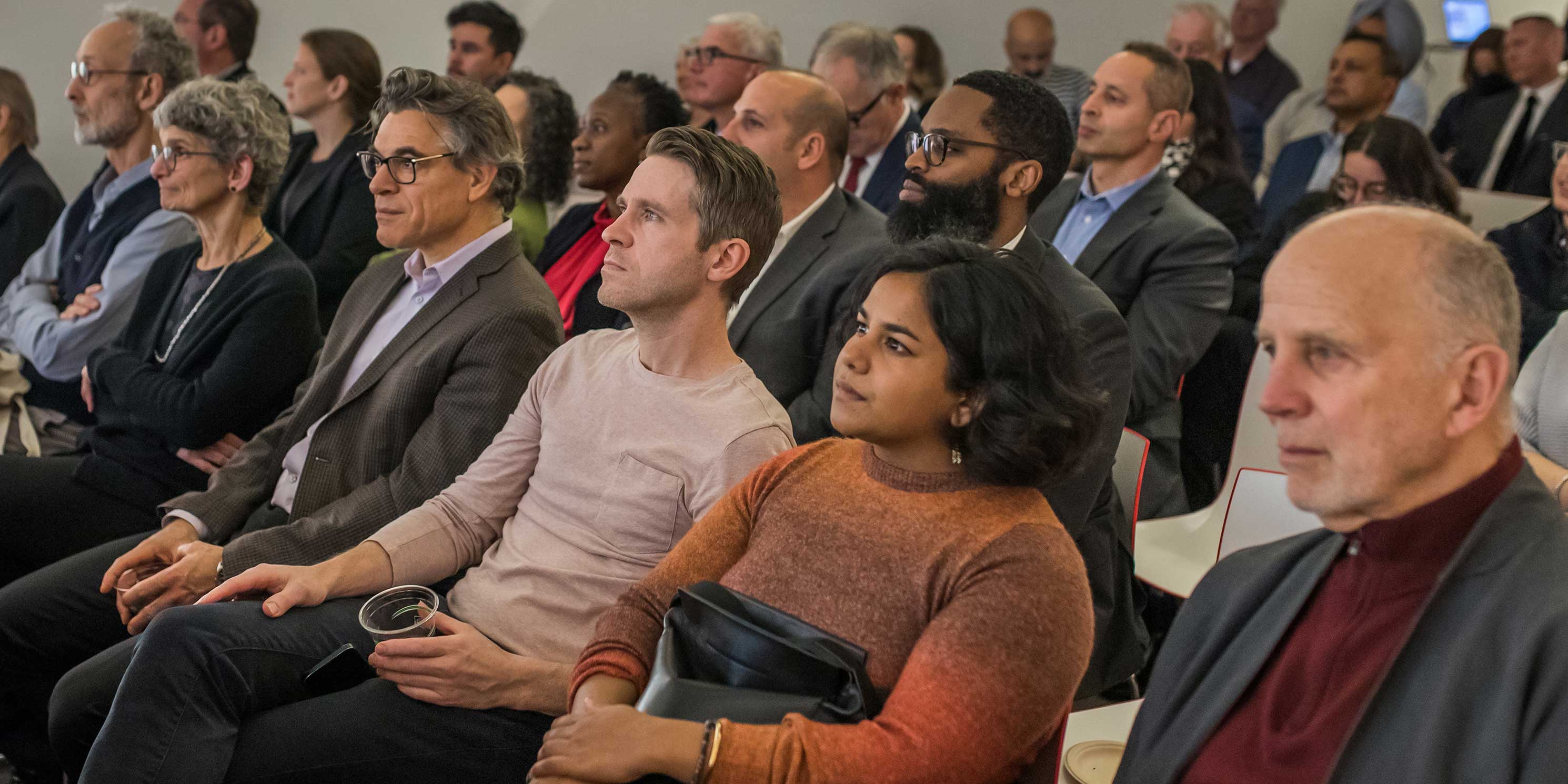Feedback on ACHP’s Draft Section 106 Program Comment
Advisory Council on Historic Preservation
Sarah Bronin, Chair
401 F Street NW, Suite 308
Washington, DC 20001
Dear Chair Bronin,
On behalf of the Municipal Art Society of New York, we appreciate the opportunity to comment on the proposed Program Comment on Accessible, Climate-Resilient, and Connected Communities. We support the ACHP’s goals to streamline Section 106 review processes in areas like housing, climate-smart buildings, and sustainable transportation, while ensuring that historic preservation remains a key part of building resilient, accessible, and equitable communities. The effectiveness of the Program Comment should be measured by how well it incorporates preservation and adaptive reuse into achieving these goals.
We recognize that concerns have been raised by several preservation organizations, and we share their apprehension about reducing local and public input in the Section 106 review process. Robust consultation–especially with State Historic Preservation Offices (SHPOs) and local governments–remains essential to protecting cultural and historic resources in federal undertakings. The current Section 106 process is a valuable planning tool, and public participation has been key to its effectiveness. Limiting this input risks the unintended loss of significant cultural assets, particularly in historically marginalized communities. As such, we also urge ACHP to work closely with SHPOs to refine key definitions in the Program Comment, particularly around exemptions like primary façades and emergency actions. Clearer definitions will ensure a more predictable process, vital to streamlining reviews without sacrificing important protections.
Download Testimony
To support this effort, we recommend surfacing Programmatic Agreements that have successfully implemented exemptions similar to those proposed in the Program Comment. An ACHP presenter noted in the Consultation Meetings that existing Programmatic Agreements from across the country were referenced during the drafting of the Program Comment. Identifying those Programmatic Agreements would not only promote greater transparency but may also offer a model for refining the current draft. Further, given the complexity of the Program Comment, we recommend developing educational resources and illustrative materials to help stakeholders understand the impacts of these policy changes. ACHP’s leadership in providing such resources would be greatly beneficial.
Regarding the climate-smart buildings portion of the Program Comment, we stress the need for a comprehensive understanding of environmental impacts, including both embodied carbon (the carbon already stored in existing materials) and operational carbon (the emissions from building operations). The sustainability of materials over the long term is also crucial. Reusing historic buildings supports climate goals by preserving their embodied carbon and reducing the demand for new, resource-intensive materials. It is important that the Program Comment prioritizes materials with low or no embodied carbon and discourages the use of carbon-intensive options.
We appreciate ACHP’s focus on balancing complex housing, infrastructure, and climate goals with the need to preserve historic resources. As this process moves forward, we hope that these comments will contribute to a productive collaboration that streamlines federal reviews while continuing to respect the values inherent in our historic places.
Thank you for your consideration.
Sincerely,

Elizabeth Goldstein
President, Municipal Art Society of New York


